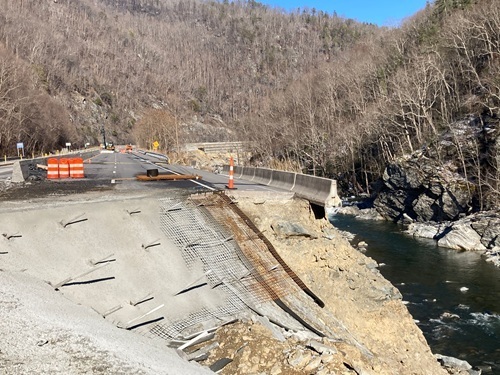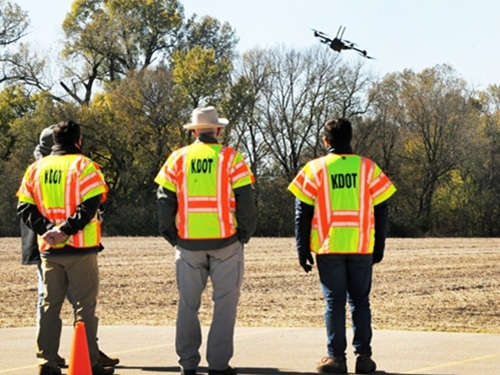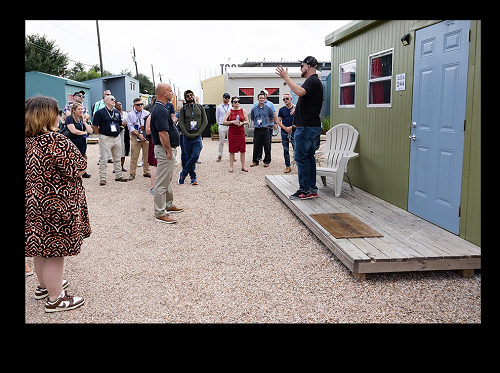An ongoing effort by the Texas Department of Transportation to address homelessness on federal highways and improve the lives of those displaced by recent and upcoming construction along I-35 is drawing recognition and praise from federal and local officials.
[Above photo by TxDOT]
In July, TxDOT hosted representatives from state departments of transportation around the country for the Bridging the Gap Symposium on addressing homelessness. The meeting featured transportation officials from 18 states and Washington D.C. along with representatives from the Federal Highway Administration.
The TxDOT initiative provides 200 individual shelter units and a variety of services to help residents transition out of homelessness and into more permanent housing.
Symposium attendees later witnessed those partnerships first-hand during a tour of the community operated by nonprofit The Other Ones Foundation, which will break ground later this year on a seven-acre expansion that is expected to nearly double the site’s current capacity.
[Editor’s note: The American Association of State Highway and Transportation Officials profiled TxDOT as part of its “State DOT 2-Minute Update” video series in 2023 that focused in-part on the agency’s efforts to deal with extreme weather events.]
Attendees heard from speakers about projects like the “Mobility35 Initiative to Address Homelessness” which included training and certifying more than 75 TxDOT employees and contractors on mental health first aid. That approach, which has included tapping mental health professionals and the inclusion of the homeless community in stakeholder discussions, is being held up nationally. It’s become a model for bridging the gap between being without shelter and getting a chance for a new beginning, TxDOT said.
“This symposium is important because it starts a national dialogue on how state DOTs can engage in addressing homelessness,” noted TxDOT Deputy Austin District Engineer Mike Arellano in a statement.
Several state DOTs are involved in efforts to combat homelessness in their respective regions.
For example, the Washington State Department of Transportation recently celebrated the success of a program geared toward finding housing and jobs for homeless individuals living in state roadway rights-of-way.
Through Washington State’s Encampment Resolution Program, WSDOT partners with service providers and the Washington State Department of Commerce in King, Pierce, Thurston, Snohomish, and Spokane counties to help those groups of unhoused individuals find housing and participate in job skills training to set them up for long-term success.
[Editor’s note: AASHTO also profiled WSDOT as part of its “State DOT 2-Minute Update” video series, which focused on the agency’s groundbreaking “Fish Passage” program, which aims to eliminate barriers to anadromous fish, like salmon, by 2030.]
The homeless individuals participating in this initiative’s job readiness program receive certifications in Occupational Safety and Health Administration or OSHA regulations, First Aid, and cardiopulmonary resuscitation or CPR emergency training. Students are also trained in forklift operations and flagging for traffic control operations; training that allows them to apply for construction or road work jobs.
Meanwhile, other state DOTs are involved in non-traditional ways of helping their communities through workforce training programs.
For example, a recent video detailed how the Kentucky Transportation Cabinet has helped former prison inmates get hands-on crew experience in landscaping, graffiti removal, rest area cleaning, and litter pickups as part of a job skills program aimed at putting them on the path to gainful employment.
Since 2019, the agency has partnered with the Center for Employment Opportunities in its District 5 and District 6 regions to provide employment services exclusively to individuals who have recently returned home from incarceration.
 States
States
NCDOT to Rebuild I-40 with National Forest Rocks
June 27, 2025 States
States

